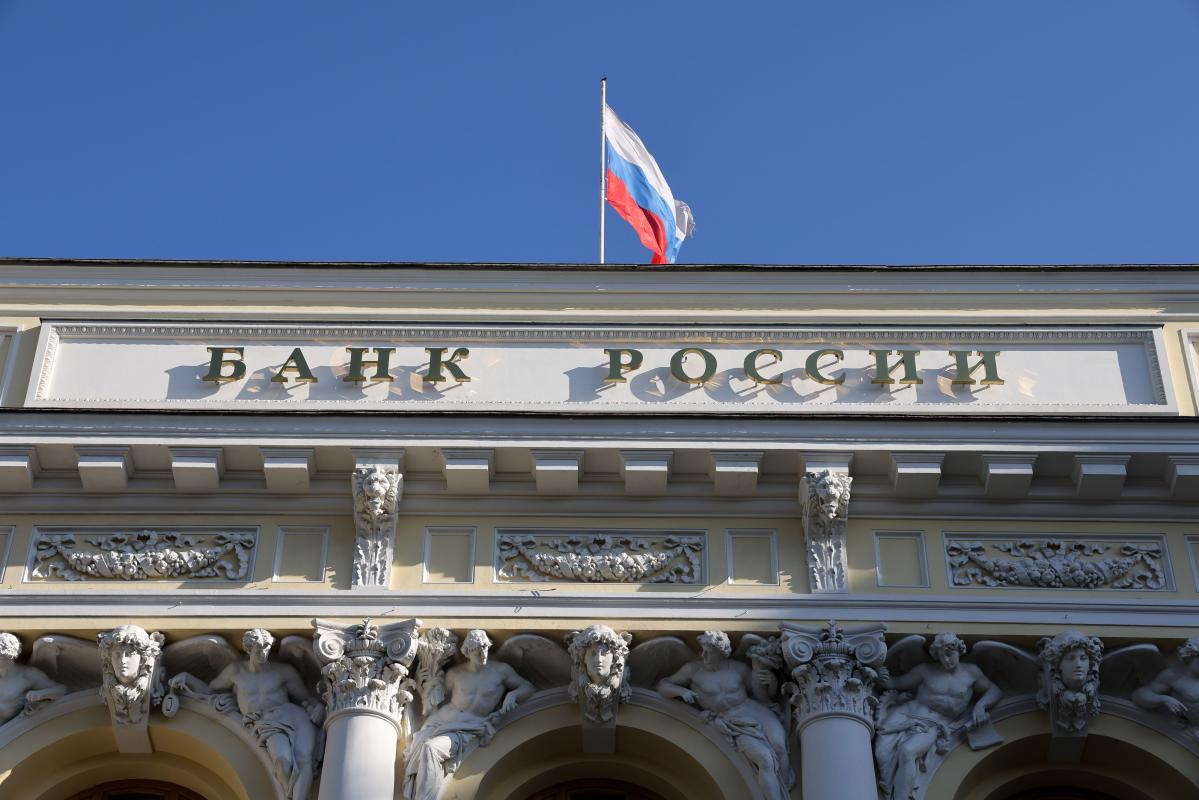Bank of Russia Warns on Wartime Labor Shortages, Holds Rates

(Bloomberg) — Russia’s central bank delivered its strongest warning yet that the Kremlin’s call-up of men to fight in Ukraine is leaving the economy deprived of workers and could put pressure on inflation, as it left interest rates unchanged for a second meeting.
Most Read from Bloomberg
Policymakers kept their benchmark at 7.5%, in line with the unanimous forecast of economists surveyed by Bloomberg. The ruble maintained losses after the announcement and traded 0.4% weaker against the dollar as of 3:16 p.m. in Moscow.
The mobilization of 300,000 men, combined with a massive exodus of Russians it triggered, has made labor scarce at a time when unemployment is already near the lowest ever and the population is shrinking. On Friday, the central bank said “the capacity to expand production in the Russian economy is largely limited by the labor market conditions.”
Speaking after the decision in Moscow, Governor Elvira Nabiullina said the central bank was sending a “neutral signal” about what it plans to do next and that its future decisions will be “data-dependent.”
“Due to a growing shortage of personnel, companies’ labor costs are increasing,” Nabiullina said. “This is evident among firm operating in industry, transport, logistics and construction. If wages grow at a rate higher than labor productivity, this may lead to an additional increase in prices through business costs.”
The decision caps a year that included a steep monetary easing cycle that more than reversed an emergency hike after the Kremlin’s invasion of Ukraine. Encouraged by a steep deceleration in consumer prices, the central bank has been in a rush to unwind the unprecedented measures imposed after the invasion in late February as the economy lurched into crisis under the strain of sanctions from the US and its allies.
What Bloomberg Economics Says…
“The Bank of Russia’s message is a replay of its October guidance: inflation is moderate for now, but military mobilization and a breach of the budget spending freeze could lift it in months ahead. This does not indicate an imminent hike in coming months, but policy rates will likely rise if the government continues to surprise with higher spending.”
—Alexander Isakov, Russia economist. For more, click here
Before October, policymakers delivered 12.5 percentage points of easing in six steps to bring rates below their pre-war level.
Since peaking near an annual 18% in April, inflation has slowed to around 12%, or near the low end of the central bank’s year-end forecast. Price expectations, a key factor for policymakers, dropped in November for the first time in four months.
Although inflation could even fall below the central bank’s target of 4% next spring, Nabiullina said the focus will be on figures adjusted for one-off factors. Policymakers on Friday kept their forecast for price growth in 2023 at 5%-7%.
“Current consumer prices are growing at a moderate rate, and consumer demand is subdued,” they said in a statement. “At the same time, pro-inflation risks are up and prevail over disinflationary risks.”
But it’s the threats ahead that will increasingly dominate the agenda for Nabiullina, who’s previously signaled that looser fiscal policy is becoming a worry.
“The tone of the comment has changed somewhat,” said Olga Nikolaeva, senior analyst at ITI Capital in Moscow. “Over the short-term horizon, the regulator has increased its emphasis on pro-inflationary risks.”
The Finance Ministry, which was forecasting a full-year budget shortfall of 0.9% of gross domestic product, now expects the deficit to reach 2% as revenues fall and expenditure rises for the war effort.
Read more: Russian Budget Surplus More Than Quadruples on Energy Cash Spike
Alongside higher government spending, the call-up — announced nearly three months ago — poses risks for inflation by straining the labor market. As a result of the mobilization and the wave of emigration that followed, the male labor pool may decline by 2%.
That’s among the main reasons that Bloomberg Economics now puts Russia’s potential economic growth rate at just 0.5% — or half its pre-war level.
The ruble has meanwhile turned weaker as the current-account surplus — for months a major reason behind the currency’s strength — has started to fade.
The budget may also come under pressure from new restrictions on Russian oil exports as geopolitical risks show little sign of easing.
The outlook for rates has become so murky that Nabiullina wouldn’t rule out that the central bank’s next move may be a hike, a scenario that doesn’t look likely for now.
Given that inflation expectations remain elevated and a less favorable outlook for the ruble, “the first signs have emerged that it’s worth thinking about raising the rate,” said Evgeniy Vorobiev, head of analysis at Moscow-based Ingostrakh Investments AM.
At the same time, the economy is still in need of support, he said, while massive sales of floating-rate notes by the Finance Ministry raise the risk that debt-servicing costs would balloon if monetary tightening were to resume.
“The central bank is now at a certain crossroads,” Vorobiev said.
(Updates with governor’s comments starting in fourth paragraph.)
Most Read from Bloomberg Businessweek
©2022 Bloomberg L.P.
Share this news on your Fb,Twitter and Whatsapp
Times News Network:Latest News Headlines
Times News Network||Health||